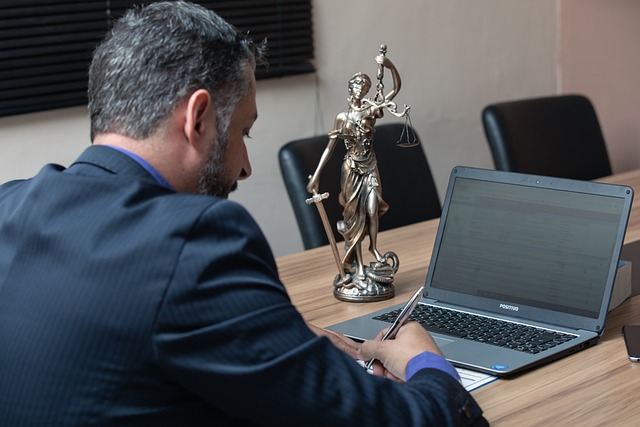Securities scams pose significant challenges in prosecution due to complex methods and lack of direct evidence. Meeting the burden of proof in court is difficult, as victims often lack documentation. White-collar crimes' subtlety complicates jury trials. Overcoming these Challenges in Meeting Burden of Proof in Court requires strategic legal approaches, including digital forensics, expert witnesses, and understanding legislative frameworks to protect investments and deter scammers.
Securities scams, veiled as legitimate investments, continue to proliferate, leaving investors vulnerable and millions lost. This article exposes prevalent schemes, delving into the intricate web of deception that often goes undetected. We explore the complex landscape of attribution, where proving liability presents a significant hurdle. Furthermore, we discuss innovative legal proof strategies aimed at strengthening the case against fraudulent activities, addressing the ongoing challenge of the burden of proof in court.
- Understanding Common Securities Scams
- Challenges in Attributing Liability
- Enhancing Legal Proof Strategies
Understanding Common Securities Scams
Understanding Common Securities Scams
Securities scams are a prevalent challenge in today’s financial landscape, and recognizing them is crucial for investors to protect their assets. One of the most common schemes involves fraudulent investment opportunities that promise high returns with little risk. These can take various forms, such as Ponzi schemes, where early investors receive returns from new investors rather than actual profits, or pump-and-dump scams, where stock prices are artificially inflated through deception before a quick sale for profit.
The Challenges in Meeting the Burden of Proof in Court play a significant role in combating these scams. Prosecuting securities fraud requires meticulous documentation and evidence to demonstrate intent and loss. However, as these scams often operate across the country or even globally, gathering conclusive proof can be difficult. This complexity increases the barrier for victims seeking justice, especially when many scams employ sophisticated techniques to cover their tracks, making it a complex task to avoid indictment and navigate the legal system effectively.
Challenges in Attributing Liability
Attributing liability in securities scams is often a complex and challenging task due to the intricate nature of financial markets and the sophisticated methods employed by fraudsters. One significant hurdle lies in the Challenges in Meeting Burden of Proof in Court. In many cases, victims may not have direct evidence or documentation to substantiate their claims, making it difficult for prosecutors to establish guilt beyond a reasonable doubt. The lack of clear trails and substantial proof often leads to lengthy investigations and legal battles.
White-collar and economic crimes, by their very nature, tend to be more subtle and less tangible than violent offenses, which can complicate the process of securing convictions. This is further exacerbated by the fact that scam artists often operate through complex networks and use innovative techniques to cover their tracks. As a result, jury trials become even more demanding, requiring robust legal strategies to navigate these complexities and ensure justice for affected investors.
Enhancing Legal Proof Strategies
In the battle against securities scams, enhancing legal proof strategies is a critical aspect to ensure justice prevails. One significant challenge lies in meeting the burden of proof in court, where the onus is on plaintiffs and regulators alike to present compelling evidence. This process demands meticulous documentation and a comprehensive understanding of financial transactions, often spanning complex networks and multiple entities, including philanthropic and political communities.
To overcome these challenges, legal professionals must employ strategic approaches at every stage of the investigative and enforcement process. This involves gathering and analyzing digital forensics, examining financial records, and employing expert witnesses to interpret intricate data. By leveraging advanced technologies and staying abreast of evolving legislative frameworks, legal teams can strengthen their cases, ultimately deterring potential scam artists and safeguarding the respective business interests and investments of the wider public.
In exposing securities scams, understanding common tactics and addressing liability challenges are pivotal steps towards justice. As the financial landscape evolves, so do fraudulent schemes, making it crucial for legal strategies to keep pace. By enhancing proof collection methods, the legal system can better navigate the complex web of securities fraud, ensuring that perpetrators are held accountable. This comprehensive approach, including thorough documentation, expert testimony, and innovative legal tactics, is essential in meeting the burden of proof and delivering justice in court.






